Clipart tagged: ‘optical’
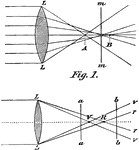
Aberration
"In optics, a deviation in the rays of light when unequally refracted by a lens or reflected…

Diagram Illustrating Astigmatism
An illustration depicting an astigmatism. An optical system with astigmatism is one where rays that…

Camera Lucida
"An optical instrument employed to facilitate the sketching of objects from nature by producing a reflected…
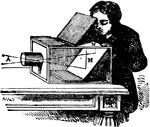
Camera Obscura
"An optical instrument employed for exhibiting the images of objects in their forms and colors, so that…
Kaleidoscope
A kaleidoscope is an optical instrument invented by Brewster about 1815. It became very popular as a…
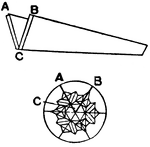
Mirrors in a Kaleidoscope
This illustration shows the arrangement of mirrors in a kaleidoscope (AC and BC), and the patterns formed.

Optical Lantern
"The optical lantern is an instrument for projecting on a screen magnified images of transparent photographs,…

Petrographical Microscope
An illustration of a petrographical microscope. A petrographic microscope is a type of optical microscope…
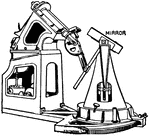
Siderostat
"An instrument described by Foucault for transmitting a beam of light along the optical axis of a fixed…
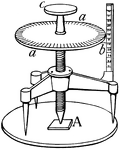
Spherometer
"An instrument for measuring the radii of spheres; a sphere-measurer. It is of especial service to opticians…
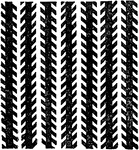
Zollner Illusion
The Zöllner illusion is a classic optical illusion named after its discoverer, German astrophysicist…
